Counting
Counting is the process of determining the number of elements in a set or group. It is a fundamental concept in mathematics and is used in various mathematical operations and problem-solving situations.
Counting Numbers
Counting numbers, also known as natural numbers, are the set of numbers used for counting and ordering. They start from 1 and continue indefinitely (1, 2, 3, 4, ...).
Counting Principles
There are several counting principles that are used in mathematics, including:
- One-to-One Correspondence: This principle states that each item in one set can be paired with exactly one item in another set without leaving any out or pairing any item with more than one item.
- Counting by Multiples: This involves counting numbers by adding a fixed number each time (e.g., counting by twos: 2, 4, 6, 8, ...).
- Counting Backwards: This involves counting in reverse order, subtracting a fixed number each time.
Counting Techniques
There are various techniques used for counting, including:
- Counting by Tally Marks: Tally marks are used to count by making a mark for each item counted, with groups of five marks represented by a cross mark.
- Counting by Grouping: This involves grouping items into sets of a fixed number and counting the sets to determine the total count.
- Counting using Number Lines: Number lines can be used to visually represent the counting process and determine the position of numbers in relation to each other.
Practice Questions
- Count the number of apples in the following image:

- If you count by threes starting from 3, what is the 6th number you would say?
- Using tally marks, count the number of birds you see in the park: |||| ||| ||
By understanding the principles and techniques of counting, you can develop a strong foundation in mathematics and apply counting skills to various real-world scenarios.
[Count] Related Worksheets and Study Guides:
.◂Math Worksheets and Study Guides Fourth Grade. Lines and Angles
Study Guide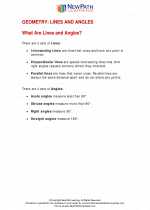 Lines and Angles
Lines and Angles  Study Guide
Study Guide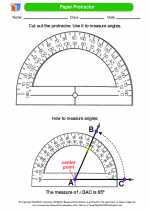 Paper Protractor
Paper Protractor  Activity Lesson
Activity Lesson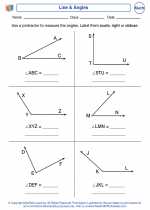 Line & Angles
Line & Angles  Worksheet/Answer key
Worksheet/Answer key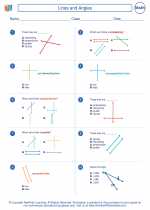 Lines and Angles
Lines and Angles  Worksheet/Answer key
Worksheet/Answer key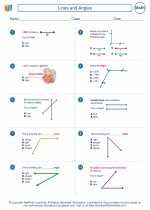 Lines and Angles
Lines and Angles  Worksheet/Answer key
Worksheet/Answer key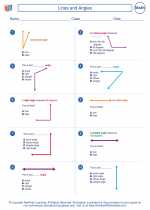 Lines and Angles
Lines and Angles  Worksheet/Answer key
Worksheet/Answer key Lines and Angles
Lines and Angles  Worksheet/Answer key
Worksheet/Answer key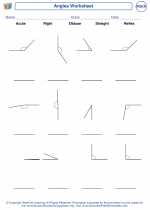 Angles
Angles  Worksheet/Answer key
Worksheet/Answer key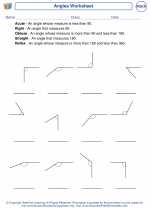 Angles
Angles  Worksheet/Answer key
Worksheet/Answer key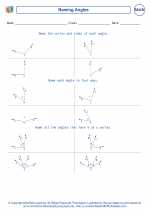 Naming Angles
Naming Angles  Worksheet/Answer key
Worksheet/Answer key Identifying Parallel Lines
Identifying Parallel Lines  Worksheet/Answer key
Worksheet/Answer key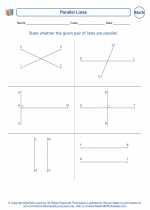 Identifying Parallel Lines
Identifying Parallel Lines  Worksheet/Answer key
Worksheet/Answer key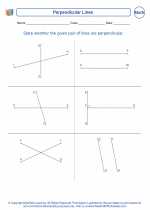 Identifying Perpendicular Lines
Identifying Perpendicular Lines  Worksheet/Answer key
Worksheet/Answer key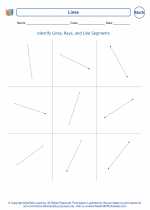 Lines
Lines  Worksheet/Answer key
Worksheet/Answer key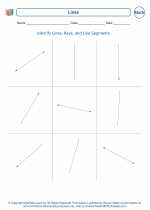 Lines
Lines  Vocabulary/Answer key
Vocabulary/Answer key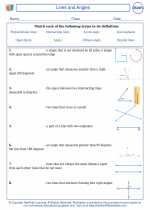 Lines and Angles
Lines and Angles  Vocabulary/Answer key
Vocabulary/Answer key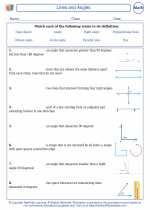 Lines and Angles
Lines and Angles 

 Study Guide
Study Guide
 Activity Lesson
Activity Lesson
 Worksheet/Answer key
Worksheet/Answer key
 Worksheet/Answer key
Worksheet/Answer key
 Worksheet/Answer key
Worksheet/Answer key
 Worksheet/Answer key
Worksheet/Answer key
 Worksheet/Answer key
Worksheet/Answer key
 Worksheet/Answer key
Worksheet/Answer key
 Worksheet/Answer key
Worksheet/Answer key
 Worksheet/Answer key
Worksheet/Answer key
 Worksheet/Answer key
Worksheet/Answer key
 Worksheet/Answer key
Worksheet/Answer key
 Worksheet/Answer key
Worksheet/Answer key
 Worksheet/Answer key
Worksheet/Answer key
 Vocabulary/Answer key
Vocabulary/Answer key
 Vocabulary/Answer key
Vocabulary/Answer key

The resources above cover the following skills:
Geometry (NCTM)
Analyze characteristics and properties of two- and three-dimensional geometric shapes and develop mathematical arguments about geometric relationships.
Identify, compare, and analyze attributes of two- and three-dimensional shapes and develop vocabulary to describe the attributes.
Connections to the Grade 4 Focal Points (NCTM)
Measurement: As part of understanding two-dimensional shapes, students measure and classify angles.